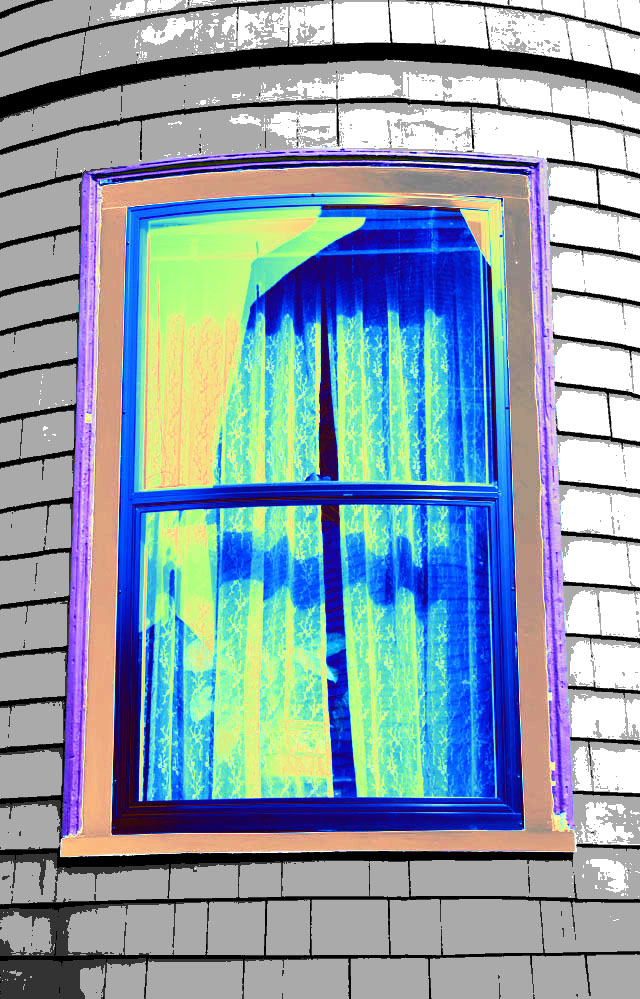New layer for future windows
 Australian engineers have come up with a smart window material that lets in more heat during the cold and blocks the sun’s rays on hot days.
Australian engineers have come up with a smart window material that lets in more heat during the cold and blocks the sun’s rays on hot days.
Smart windows are used to naturally regulate temperatures inside a building, leading to major environmental benefits and significant financial savings.
Researchers from RMIT University have developed a new ultra-thin, self-modifying coating that responds to heat and cold.
“We are making it possible to manufacture smart windows that block heat during summer and retain heat inside when the weather cools,” says one of the material’s designers, Associate Professor Madhu Bhaskaran said.
“We lose most of our energy in buildings through windows. This makes maintaining buildings at a certain temperature a very wasteful and unavoidable process.
“Our technology will potentially cut the rising costs of air-conditioning and heating, as well as dramatically reduce the carbon footprint of buildings of all sizes.
“Solutions to our energy crisis do not come only from using renewables; smarter technology that eliminates energy waste is absolutely vital.”
Smart glass windows are about 70 per cent more energy efficient during summer and 45 per cent more efficient in the winter compared to standard dual-pane glass.
New York’s Empire State Building reported energy savings of US$2.4 million and cut carbon emissions by 4,000 metric tonnes after installing smart glass windows. This was using a less effective form of technology, which requires electricity to operate.
The new passive self-regulating coating is created using a material called vanadium dioxide, laid out just 50-150 nanometres in thickness.
At 67 degrees Celsius, vanadium dioxide transforms from being an insulator into a metal, allowing the coating to turn into a versatile optoelectronic material controlled by and sensitive to light.
The coating stays transparent and clear to the human eye but goes opaque to infra-red solar radiation, which humans cannot see and is what causes sun-induced heating.
Until now, it has been impossible to use vanadium dioxide on surfaces of various sizes because the placement of the coating requires the creation of specialised layers, or platforms.
The RMIT researchers have developed a way to create and deposit the ultra-thin coating without the need for these special platforms – meaning it can be directly applied to surfaces like glass windows.








 Print
Print